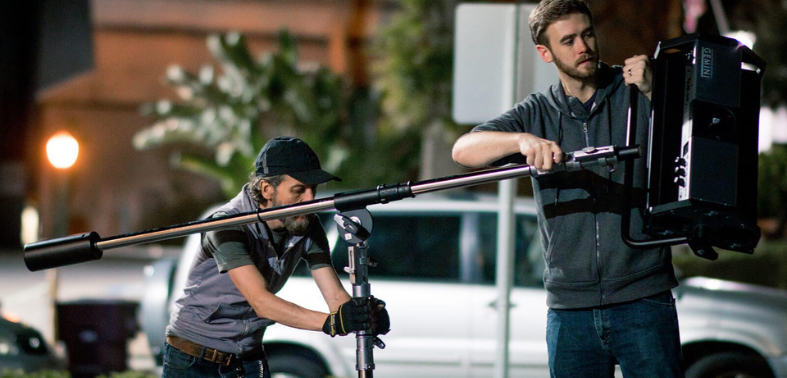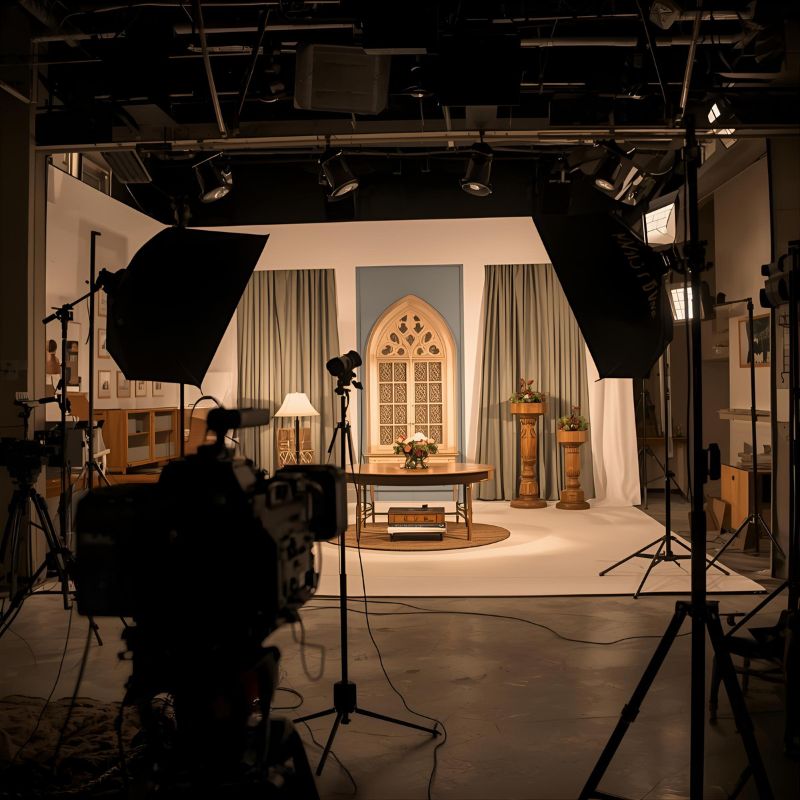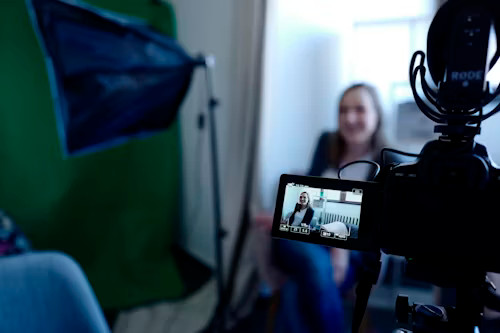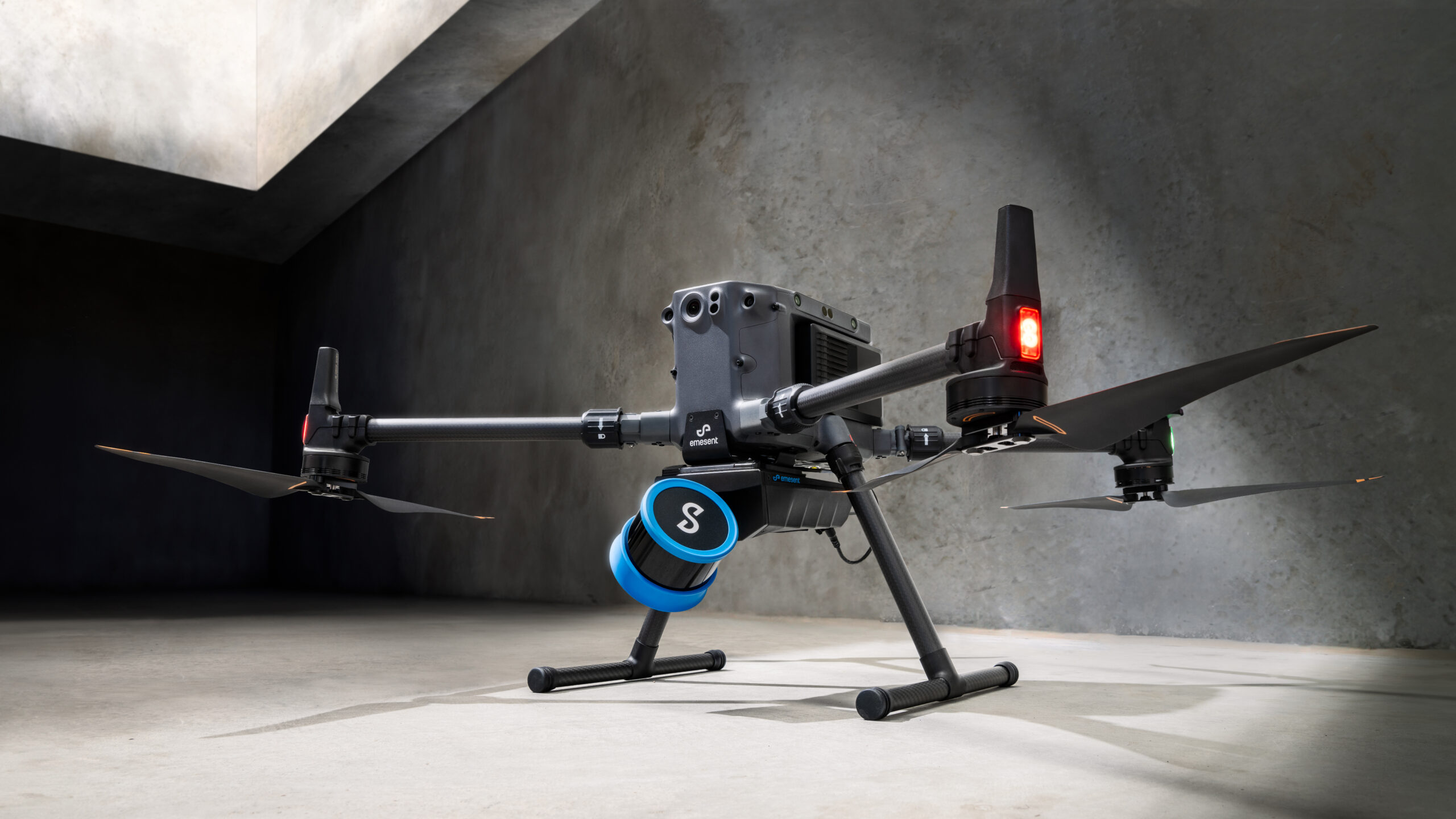To enable your creative vision, we help you explore the various types of lighting stands in use on set, in studio and on location and see just how each of them can be applied.
Century Stands
The ubiquitous C-Stand is primarily used to position light modifiers in front of a lighting source. Its curious name dates back to the original manufacturer, Century Lighting, which later evolved into Century Strand and then Strand Lighting. C-Stands are sturdy and stable due to their squat “turtle” base with the horizontal leg design ideal for weighing down with shot bags. Bases fold flat for easy transport and are available as either detachable or fixed with the option of one sliding “lazy” leg for levelling the stand on uneven surfaces. The leg design also allows for “nesting” of multiple stands closely together.
C-Stands utilise a 16mm baby pin top spigot onto which a grip head can be mounted, which in turn supports a grip arm and secondary head, allowing for free articulation of the modifier. Alternately a light fitting can be mounted directly on to the 16mm baby pin.
View John Barry’s selection of C-Stands.
Baby and Combo Stands
Contrary to common understanding, a “Baby” stand is not just a little stand. “Baby” refers to the 16mm (5/8”) top spigot. The stand itself could be in excess of 4 metres tall. These stands are generally used for mounting light fittings up to around 10Kg. Heavier fittings, up to around 40Kg, generally utilise a male 28mm (1 1/8“) “Junior” spigot and will require a stand with a female Junior receiver. Combo stands feature both a retractable 16mm Baby pin and a 28mm Junior receiver.
Explore John Barry’s selection of Baby stands and our range of Combo stands.
Overhead Stands
Overhead stands are usually employed to support butterfly textiles and frames at height. They use a much larger 4.5” grip head known colloquially as a “Hollywood” which allows free articulation of the frame. Heights range up to around 5 metres and payloads up to 40Kg.
Classic examples of an Overhead stand include the Avenger A3056CS and the Kupo 620M.
Boom Stands
Boom stands incorporate a horizontal boom mounted on a pivot which allows the boom to pan and tilt and to be locked off into position. They allow lighting fixtures to be dropped in where there are no other mounting options.
The fixture mounting end generally features a Combo style head providing both a 16mm Baby spigot and a 28mm Junior receiver. More advanced booms also have control cranks at the boom base that allow the lighting fixture to be articulated in pan, tilt and rotation.
Boom length as specified can be a little confusing but usually refers to the entire length of the boom arm, with only the 2/3 forward from the pivot being useful in terms of its reach. A counterbalance weight is needed at the end of the boom arm to balance out the weight of the lighting fixture and allow for easy operation. It’s important to keep in mind that the payload on the stand is the cumulative weight of the lighting fixture, counterweight, and the boom arm itself.
For a good quality economical complete Boom Stand, take a look at the Avenger A4041B or for a heavier duty stand-alone boom arm, try the Kupo KCP-636B Big Boom or the Manfrotto 425B Mega Boom . View our complete range of boom stands and boom arms.
Wind-up Stands
For heavier lighting fixtures up to around 80Kg, a geared wind-up mechanism reduces workload and makes life very much easier. The larger of these are known as crank stands and feature a crank handle which can be moved to wind each riser individually.
Popular wind-ups include the Avenger B6039CS , and the Kupo 484. The long reigning king of all wind-ups is the legendary Avenger Long John Silver, supporting payloads up to 120Kg at heights up to 570cm.
For more information, give us a call on 1800 717 710, email us at sales@johnbarry.com.au




